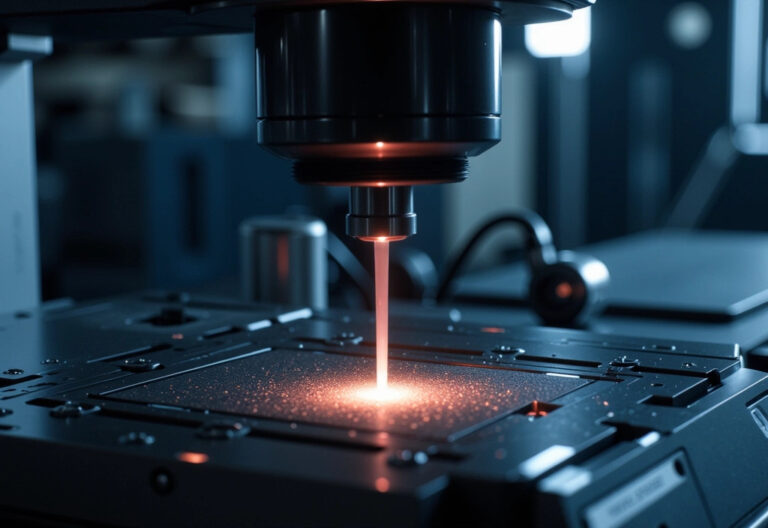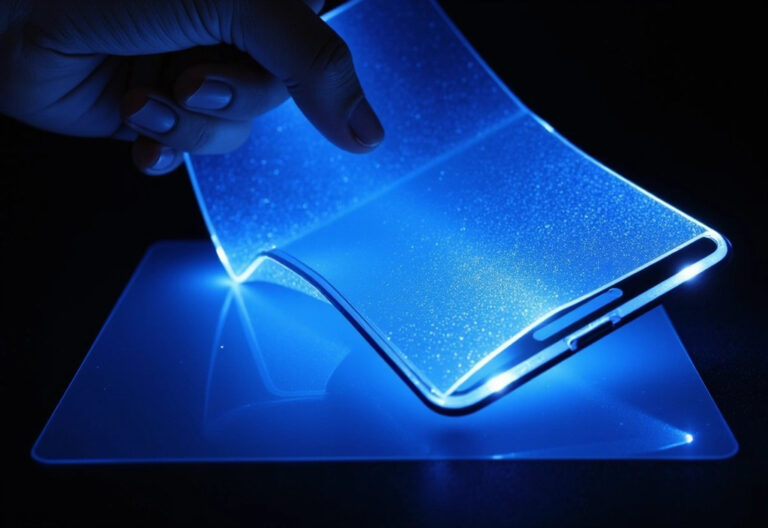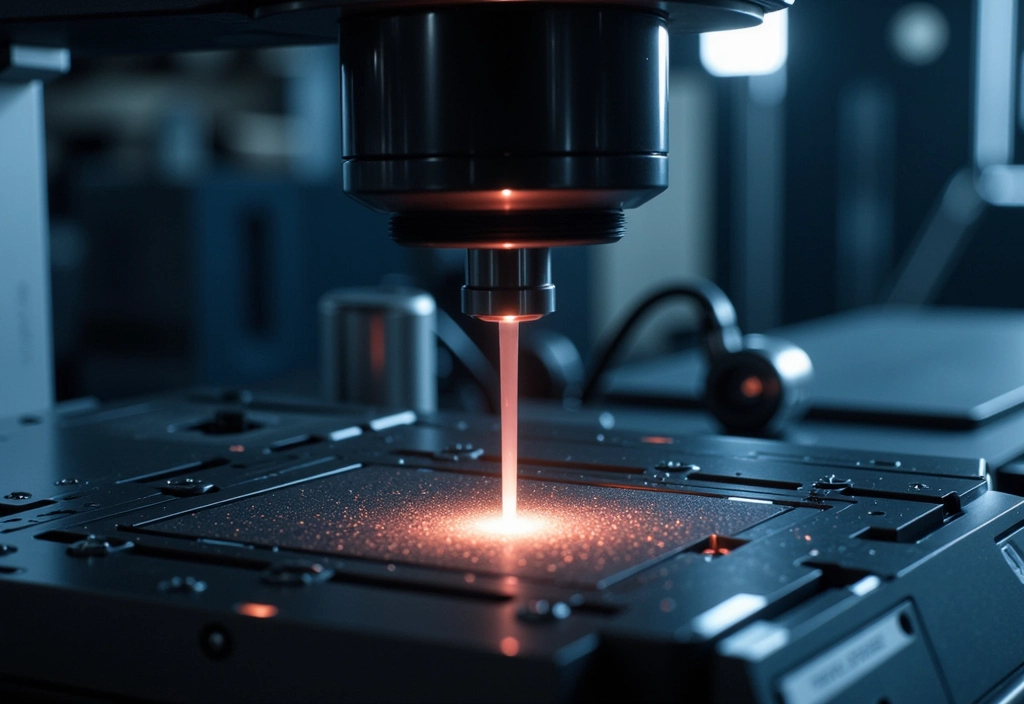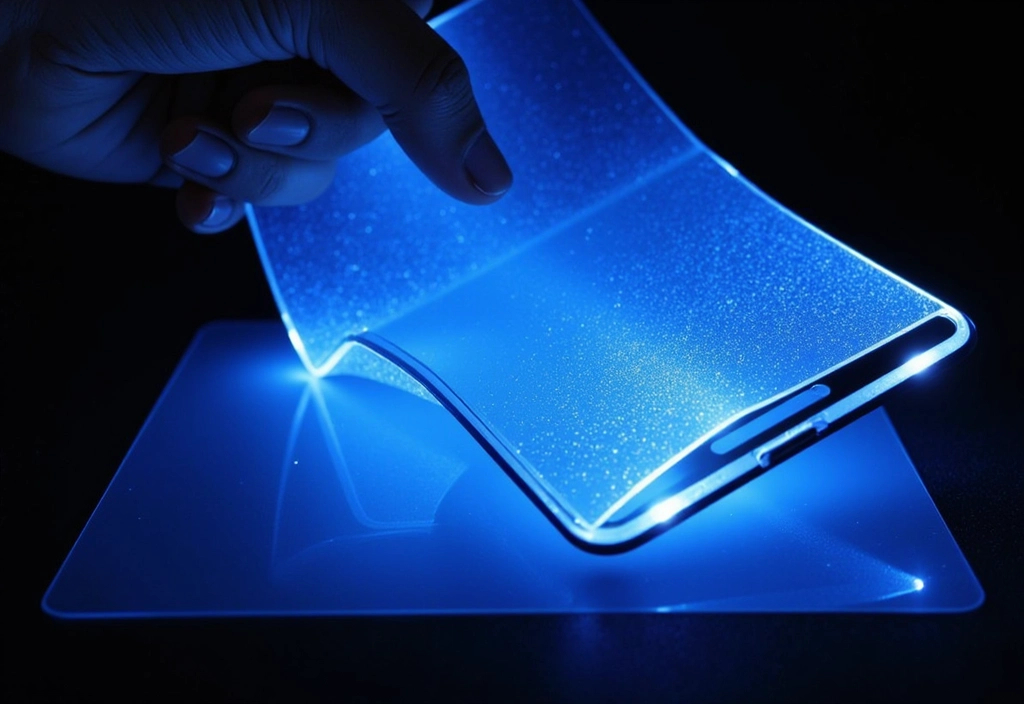Imagine a material so light it barely weighs more than air, yet strong enough to outperform steel. Now imagine it wasn’t discovered through decades of trial-and-error—but by artificial intelligence. This is exactly what a team of researchers just pulled off with the help of a smart algorithm and carbon nanolattices.
In a new study published in Advanced Materials, scientists report a breakthrough: ultralight nanostructures made of carbon, designed with AI, that boast one of the highest specific strengths ever recorded.
We’re talking about 2.03 MPa·m³/kg—which basically means this material is incredibly strong for its weight. And it’s all thanks to something called Bayesian optimization, a machine learning approach that acts like a super-intelligent lab assistant.
What Are Carbon Nanolattices?
Carbon nanolattices are tiny, intricately structured materials built at the nanoscale using carbon. Think of them as microscopic scaffolds or trusses, only a few microns wide, arranged in geometries that give them incredible mechanical properties.
Their strength doesn’t come just from what they’re made of—but how they’re structured.
These aren’t just theoretical designs. The team used a cutting-edge technique called two-photon polymerization, a type of 3D microprinting, to fabricate the nanolattices, which were later pyrolyzed to form strong carbon structures.
How AI Designed the Strongest Nanolattice Yet
Instead of randomly guessing what structure might be best, the researchers used a multi-objective Bayesian optimization algorithm—a type of AI that intelligently explores different design options and predicts the best outcomes.
This AI didn’t just search for strength. It considered multiple goals at once, like stiffness, strength, and weight, to find the sweet spot: a super-light, super-strong structure.
The result? A carbon nanolattice stronger than most known materials at the same density—including metals, foams, and composites used in aerospace and high-performance engineering.
Why This Matters
These ultralight materials could revolutionize how we build everything from airplanes to satellites to biomedical devices. They offer:
- Massive weight reduction without sacrificing strength
- Energy efficiency in transport and aerospace
- Potential in bioimplants, sensors, and flexible electronics
This marks a paradigm shift in how materials are designed—not by human intuition alone, but by algorithms that learn, test, and evolve.
The Bottom Line
With AI now steering the discovery process, we’re unlocking material properties nature never evolved and humans never imagined.
This fusion of artificial intelligence and nanotechnology isn’t just cool—it’s the future.
Check out the cool NewsWade YouTube video about this article!
Article derived from: Serles, P., Yeo, J., Haché, M., Demingos, P. G., Kong, J., Kiefer, P., Dhulipala, S., Kumral, B., Jia, K., Yang, S., Feng, T., Jia, C., Ajayan, P. M., Portela, C. M., Wegener, M., Howe, J., Singh, C. V., Zou, Y., Ryu, S., & Filleter, T. (2025). Ultrahigh specific strength by Bayesian Optimization of carbon nanolattices. Advanced Materials. https://doi.org/10.1002/adma.202410651
















